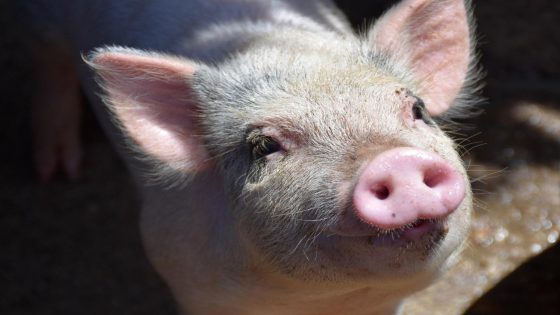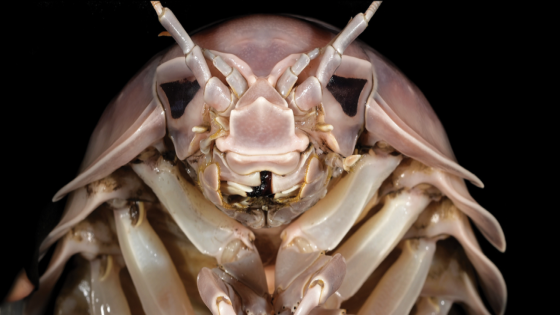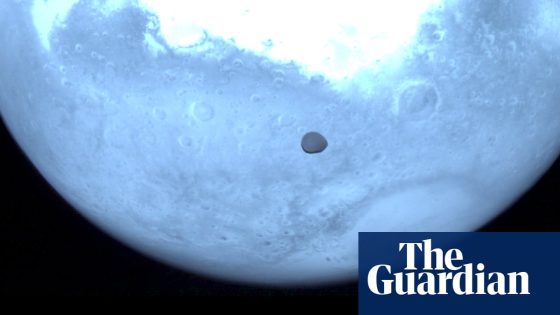When you lose an adult tooth, options like dentures or implants can feel limiting. But what if lab-grown teeth could be the future of dental care? Researchers at Tufts University are exploring this exciting possibility, with promising results from their recent study published on December 27, 2025.
- Lab-grown teeth may replace lost adult teeth.
- Tufts University researchers used pig and human cells.
- Bioengineered teeth show potential for dental implants.
- Mini pigs were chosen for anatomical similarity.
- Further research needed for practical application.
- Study contributes to bioengineering tissue advancements.
Could Lab-Grown Teeth Revolutionize Dental Care in the U.S.?
Imagine a world where losing a tooth doesn’t mean settling for synthetic options. The Tufts University study shows that lab-grown teeth might soon be a reality. Is this the breakthrough we’ve been waiting for in dental medicine?
How Tufts University is Pioneering Bioengineered Tooth Solutions
The team at Tufts University has made remarkable progress in bioengineering teeth. By combining human dental pulp cells with pig tooth cells, they created a scaffold to grow tooth-like structures in mini-pigs. This innovative approach could lead to better options for those needing tooth replacements.
What Makes Bioengineered Teeth Different from Traditional Implants?
Bioengineered teeth offer several advantages over conventional dental implants:
- Made from living tissues that mimic natural teeth.
- Potential for better integration with the jawbone.
- Reduced risk of complications like peri-implantitis.
- Possibility of longer-lasting solutions compared to titanium implants.
The Future of Tooth Replacement: What’s Next?
While the current results are promising, researchers emphasize that more studies are needed. The goal is to develop fully functional biological teeth that can be used in human patients. Could this be the future of dental health?
In conclusion, the advancements at Tufts University signify a hopeful shift in dental medicine. Lab-grown teeth could soon provide a natural, effective alternative for those in need of tooth replacements, changing the landscape of dental care in the U.S.

































